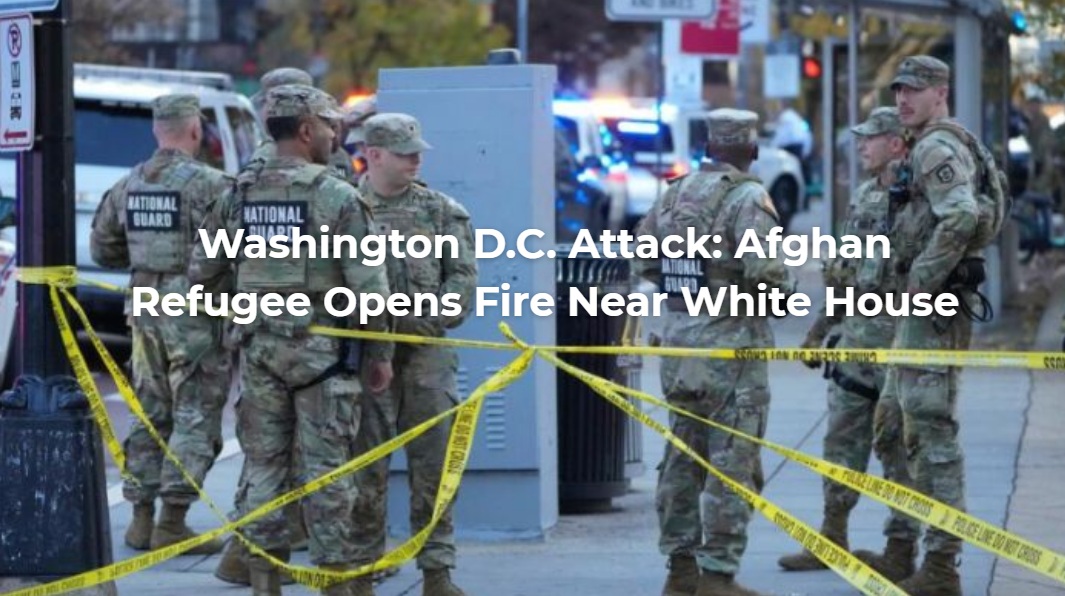In a bold military move under the codename Operation Sindoor, India reportedly launched deep air strikes on several key Pakistani airbases, including Nur Khan Airbase near Rawalpindi, which is close to Pakistan’s military headquarters. Another major target was Mushaf Airbase in Sargodha, an area believed to be near Pakistan’s nuclear storage facility at Kirana Hills.
Nuclear Panic in Pakistan? US Sends Covert Aircraft After Indian Airstrike
What has since caused international alarm is the confirmed appearance of a rare American aircraft — the Beechcraft B350 “Nuclear Emergency” Aircraft” — in Pakistani airspace shortly after these strikes. This aircraft belongs to the U.S. Department of Energy and is part of its Aerial Measuring System (AMS) — a specialized program used to detect and assess nuclear radiation after nuclear incidents or accidents.
Was Pakistan’s Nuclear Infrastructure Damaged?
Speculation is swirling. According to reports, Nur Khan Airbase is associated with Pakistan’s nuclear command, and Kirana Hills is widely believed to house underground nuclear weapons storage.
The sudden deployment of the AMS aircraft — which is only activated during nuclear emergencies — has led to serious questions:
Why was a radiation-detection plane flying over Pakistan?
Was there nuclear fallout from India’s strike?
Was a nuclear site hit, either intentionally or accidentally?
These aren’t social media rumors. This line of inquiry has been raised by Eurasian Times, a respected global affairs publication known for its coverage of defense and intelligence matters. The platform claims to have verified flight tracking data from FlightRadar24, which showed the Beechcraft B350 in Pakistani airspace around May 10, just after the reported Indian strikes.
Earthquakes or Nuclear Chain Reactions?
Further fanning speculation are multiple reports of earthquakes in the region over a three-day span. Some analysts suggest these tremors could be the result of secondary explosions — possibly from damaged nuclear storage sites — rather than natural seismic activity.
While there’s no official confirmation from either India or Pakistan, anonymous defense experts and intelligence observers point out that such a high-level US aircraft wouldn’t be dispatched unless there was a significant nuclear concern.
In fact, the B350 AMS aircraft has been previously deployed during:
The Fukushima nuclear disaster in Japan,
US nuclear testing environments,
And to map radiation fallout zones after atomic accidents.
Its capabilities include real-time radiation mapping, isotope detection, and support for military decision-makers in the event of a radiological emergency.
Pakistan’s Silence, India’s Sarcasm
Pakistan has neither confirmed nor denied any damage to its nuclear assets. India, meanwhile, has dismissed the reports with biting sarcasm. At a recent press briefing, a senior Indian Air Force officer was asked about the Kirana Hills, to which he quipped:
“We have no idea what’s kept there,”
implying both denial and mockery.
The fact that US intelligence assets were potentially involved — either through coordination or independent assessment — adds another layer of intrigue. Eurasian Times notes that even if the B350 was transferred to Pakistan’s Army Aviation in 2010, the original nuclear-response configuration suggests its deployment was deliberate and serious.
Two Likely Scenarios
According to open-source intelligence and military analysts, the appearance of this aircraft points to two probable scenarios:
Pakistan feared its nuclear sites had been hit and used the aircraft to assess radiation exposure.
The US intervened covertly to examine whether India’s strike had indeed damaged nuclear assets, fearing escalation.
Either way, the presence of the aircraft is being viewed as a red flag — one that suggests something unprecedented may have occurred.
US Role and the Ceasefire
Interestingly, former US President Donald Trump had once claimed the US “saved millions of lives” during a past India-Pakistan crisis. The scale of his statement — at the time seen as hyperbole — now resonates differently, with many interpreting it as a reference to a nuclear close call.
Indeed, the U.S. may have played a behind-the-scenes role in negotiating a rapid ceasefire between the two nuclear-armed nations after Operation Sindoor. The potential destruction of Pakistani nuclear assets could have triggered unpredictable consequences.
Final Word: The Sky Doesn’t Lie
India has officially denied striking nuclear sites. Pakistan remains tight-lipped. But satellite data, aircraft tracking, and expert analysis tell a different story.
The picture emerging is this:
India may have struck deeper than ever before — perhaps even into Pakistan’s most sensitive zones. The presence of the B350 AMS nuclear aircraft over Pakistan, especially over Kirana Hills and Sargodha, is not easily dismissed as routine.
Whether it’s coincidence or consequence, the presence of a US nuclear emergency aircraft over Pakistan after India’s airstrikes suggests that something far more serious transpired than either side is willing to admit.
#US #indiapakistanwar #donaldtrump #asimmunir #shehbazsharif #nucleartensions #nukesites #operationsindoor #india #Pakistan #indiapakistantension #IndiaPakistan #NuclearWar #indianarmy #dgmo #Indiannavy #indianairforce #internationalnew NuclearLeak






